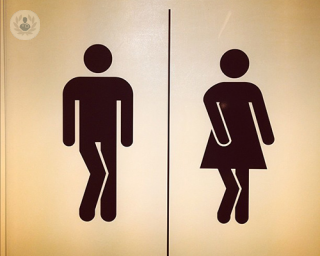Urethra surgery
What is urethra surgery?
The urethra is the tube that takes urine from the bladder out of the body. In men, the urethra is about 20 cm in length, running from the bladder, through the length of the penis to the opening at the end. Along the way, it passes through the prostate gland and past junctions with the seminal ducts from the testes, meaning that in men it is used for ejaculation as well as urination. In women, the urethra is shorter, running from the bladder to an opening above the vagina, and is only used for urination.
As with all parts of the body, the urethra can be afflicted with various illnesses and injuries, some of which require urethra surgery.

Why is urethra surgery done?
Urethra surgery may be done to resolve urinary problems in the patient, to remove scar tissue that is causing pain or inconvenience, or to reconstruct the urethra following serious injury. There are various procedures that can be performed on the urethra depending on the condition or injury.
Urethra surgery procedures
Some of the most common surgical operations on the urethra are:
- Urethral strictures – a narrowing of the urethra, usually due to scarring of the tissue lining the tube. Strictures can be the result of inflammation, injury or trauma, infection, damage left by previous surgery, or one of many other reasons. Often, the cause it not clear. More common in men than women, urethral strictures will not go away on their own, and if they cause significant pain or affect the individual’s quality of life (such as, urination problems or recurrent urinary tract infections (UTIs)), surgery may be recommended.
- Sling surgery for incontinence – urinary incontinence occurs when the urethral sphincter, which controls urination, loses control of the urethra opens during certain movements or actions that put pressure on the bladder, such as sneezing. By surgically implanting a sling made of mesh or tissue that lifts and supports the urethra, urinary control can be restored.




